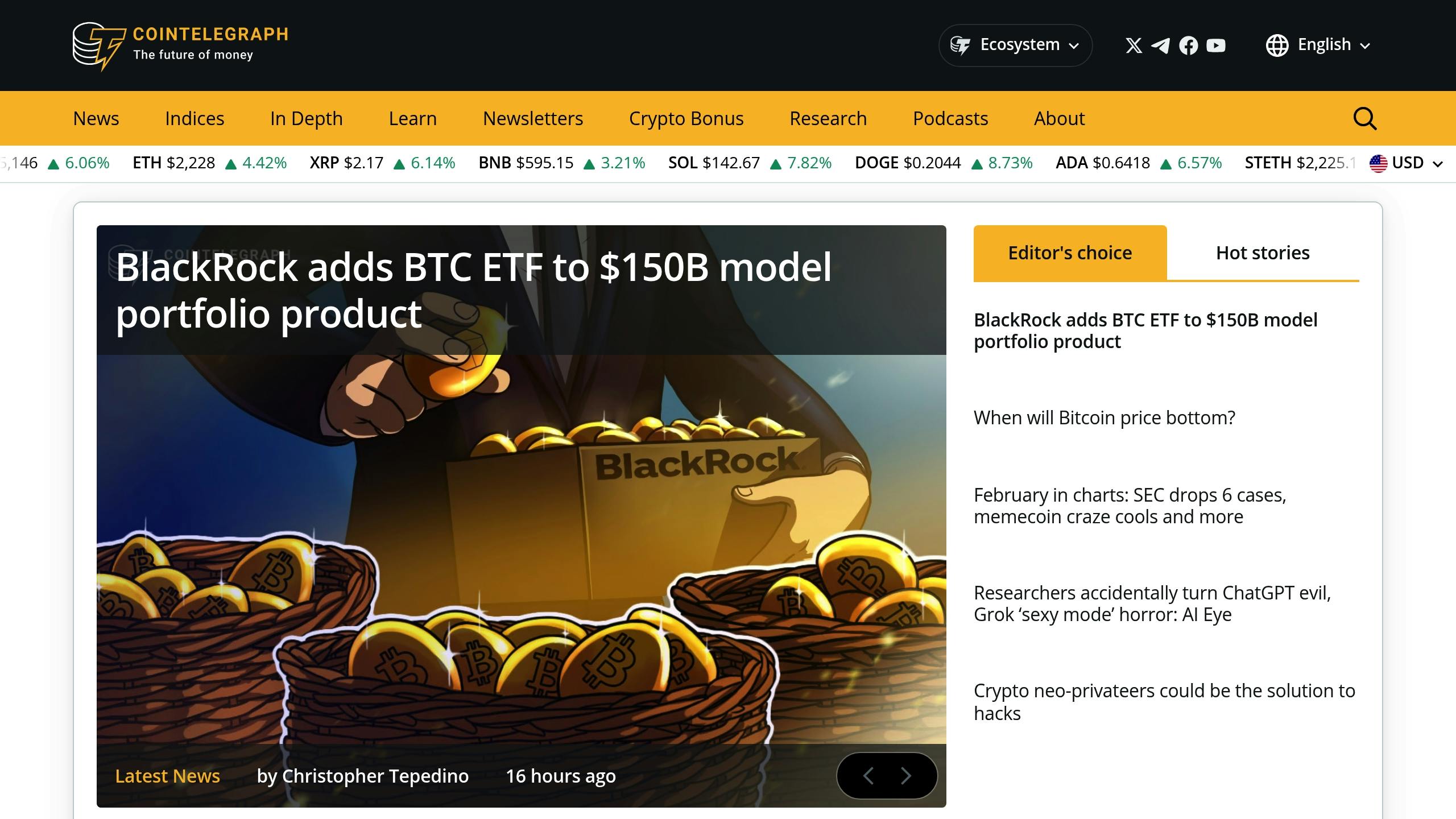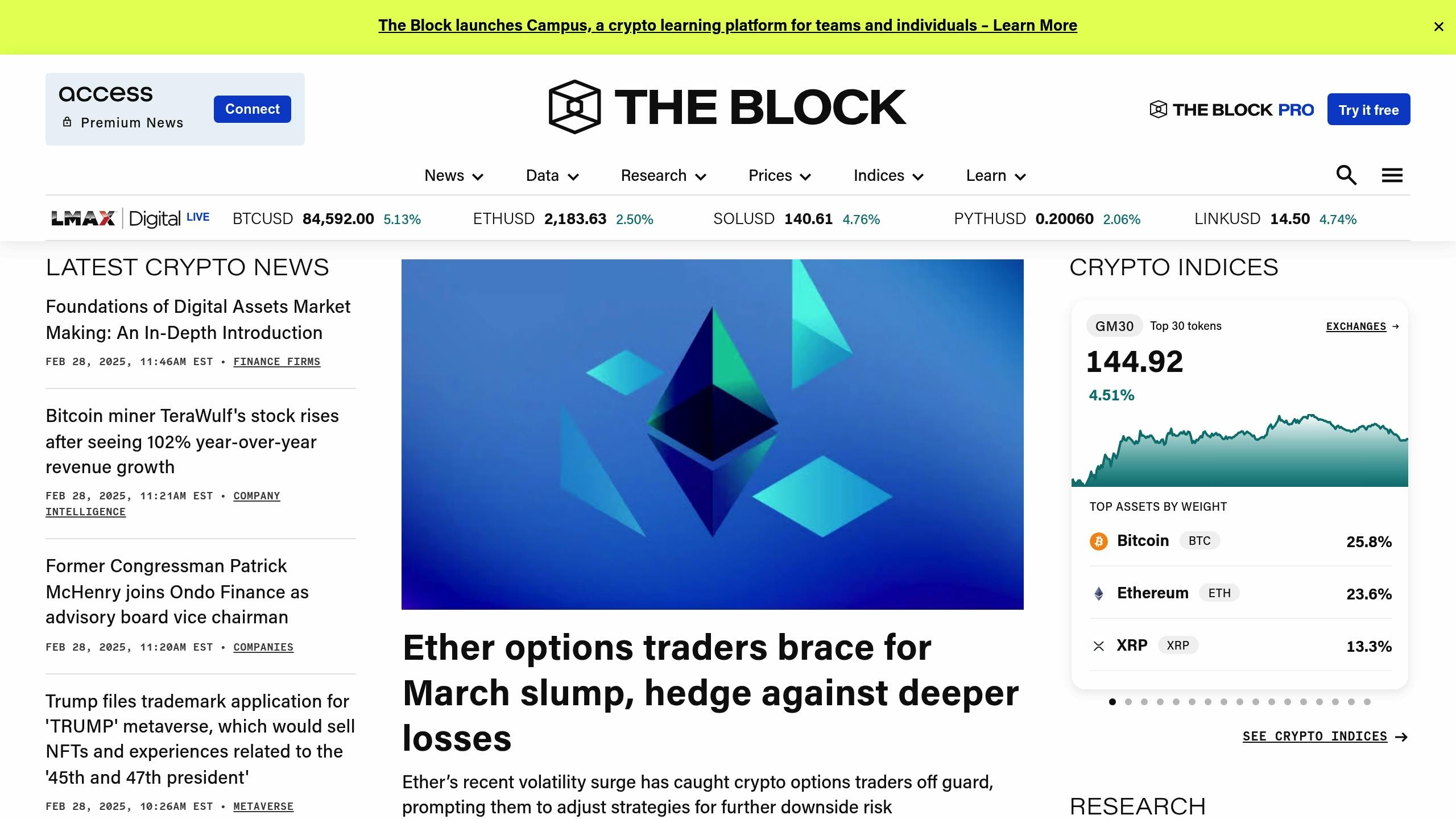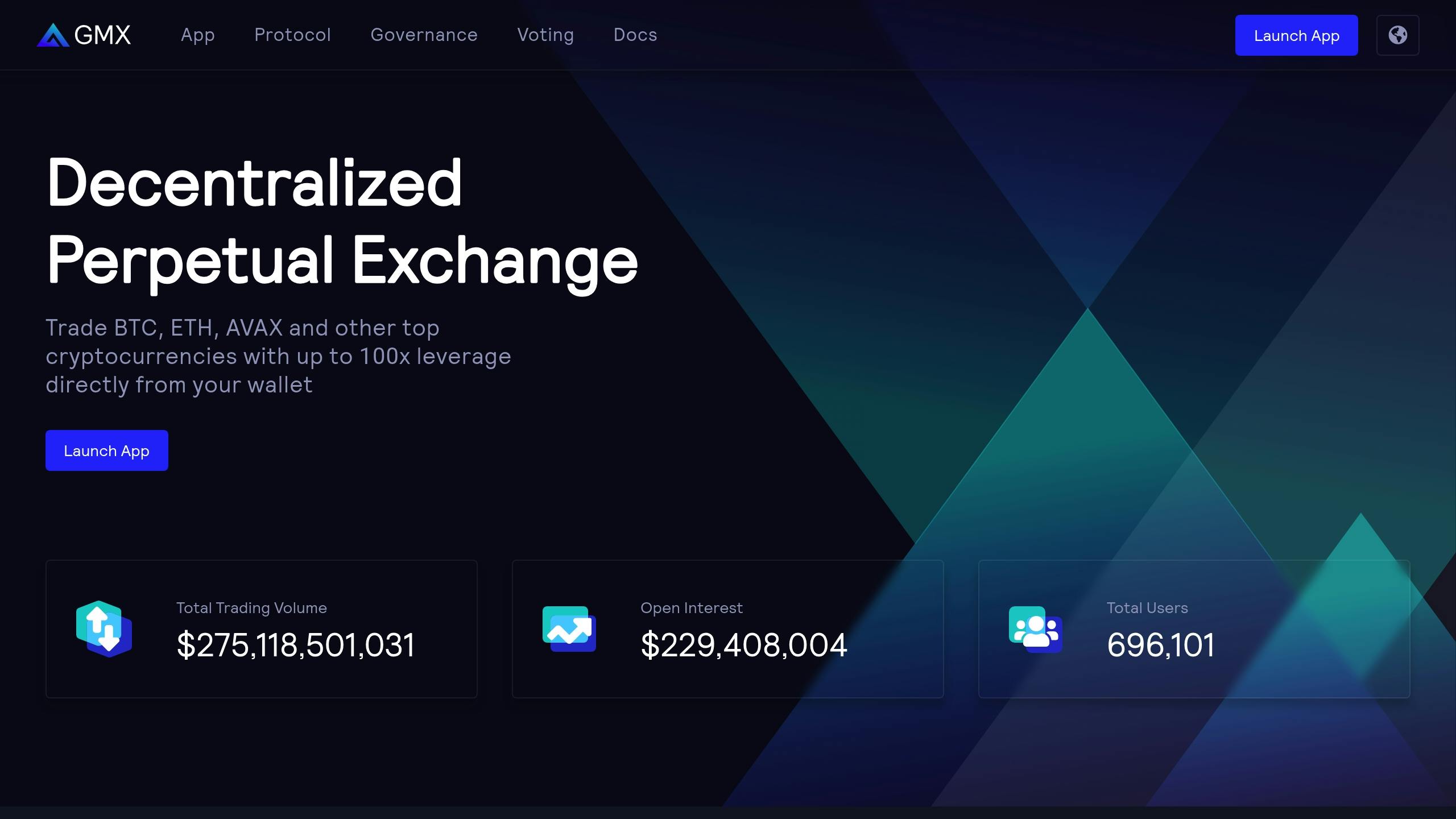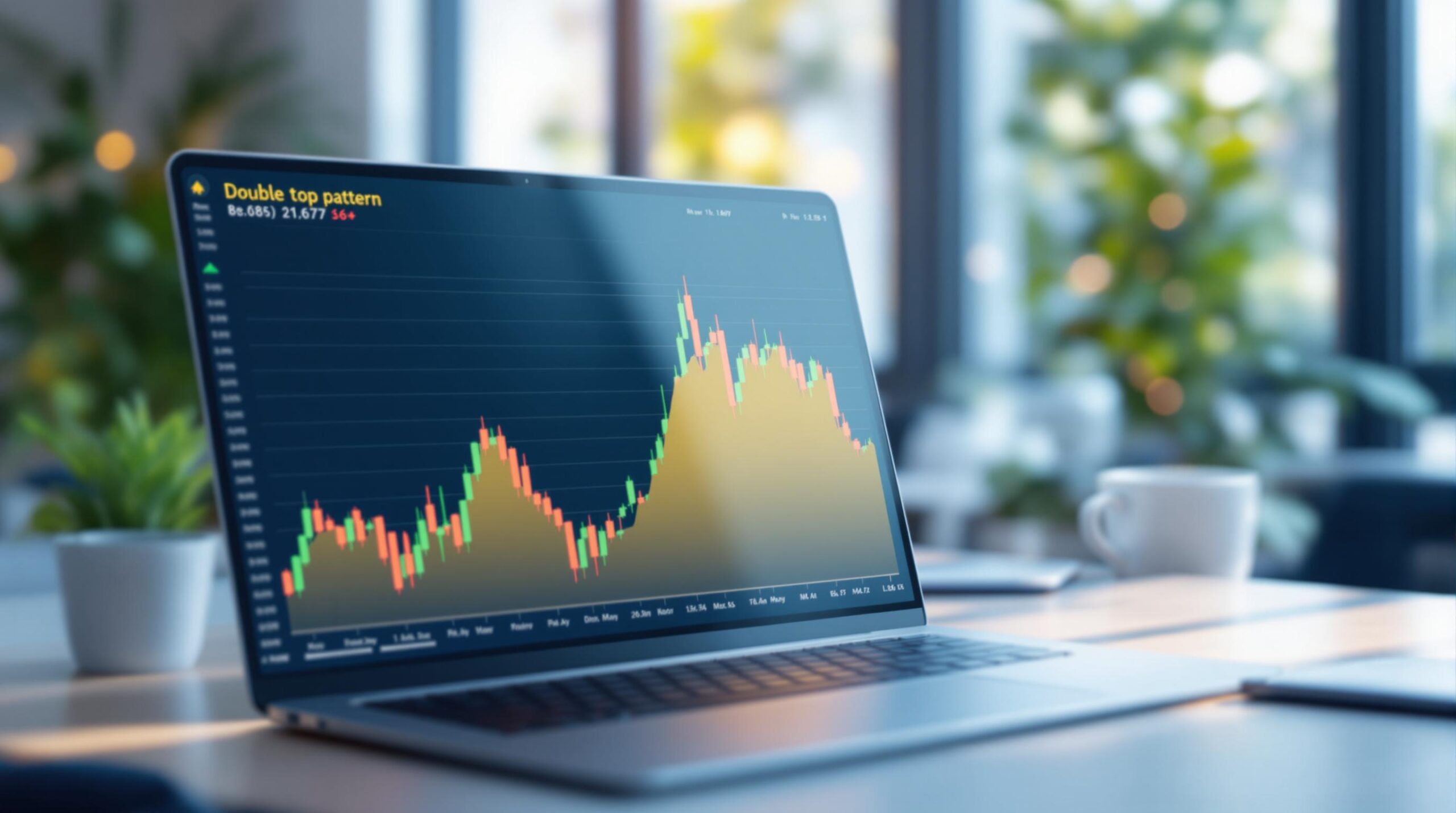If you’re into crypto, choosing the right news source can make or break your decisions. Here’s a quick breakdown of the top three platforms:
- CoinDesk: Great for institutional news, market analysis, and beginner-friendly guides. Known for investigative journalism like its FTX report.
- CoinTelegraph: Perfect for fast updates, multimedia content, and beginner education. Offers AI tools like Markets Pro for trading insights.
- The Block: Best for professionals who need deep analysis, proprietary data, and advanced tools like Simon AI. Comes with a hefty $2,500/year subscription for its Pro plan.
Quick Comparison
| Feature | CoinDesk | CoinTelegraph | The Block |
|---|---|---|---|
| Monthly Visitors | 7.2M | 12.8M | Not disclosed |
| Focus | News & education | Speed & simplicity | Data-driven analysis |
| Subscription Cost | Free | Free | $2,500/year (Pro) |
| Ideal For | Beginners & traders | Casual enthusiasts | Professionals & traders |
TL;DR:
- Casual readers? Go with CoinTelegraph.
- Long-term investors? CoinDesk is solid.
- Data-focused pros? The Block is your pick.
Now, let’s dive deeper into each platform!
Central bank digital currencies increase need for independent crypto
How We Compare These Sites
We evaluate CoinDesk, CoinTelegraph, and The Block based on factors that matter most to crypto investors and traders. Since timely and accurate news is critical for trading decisions, our framework zeroes in on elements that directly impact those choices.
Evaluation Criteria
| Category | What We Analyze |
|---|---|
| Reporting Accuracy | Verification of sources, fact-checking, and correction processes |
| News Speed | Time taken to publish after events, breaking news capabilities |
| Analysis Depth | Quality of research and level of technical insight |
| DeFi Coverage | Scope of DeFi reporting and market trend analysis |
| User Experience | Interface design and mobile accessibility |
| Trading Insights | Market analysis and integration of price data |
We cross-check platform data with primary sources like Etherscan .
Verification Process
To ensure accurate Bitcoin DeFi coverage, we compare reports with market data. For example, we analyzed the launch of Valour’s Bitcoin-staking ETF in Europe, which offers a 5.65% APR as of December 30, 2025 . This approach aligns with our detailed quality assessment metrics.
Market Coverage Assessment
We also examine how these platforms report on emerging trends like Bitcoin staking, which has gained significant traction in the market .
"Bitcoin’s all-time high will spark renewed interest in crypto from institutions and regulators alike and should reinvigorate the entire crypto sector in 2025." – Dean Tribble, CEO of layer-1 network Agoric
Content Quality Metrics
- Source Credibility: Verified expertise and reliable data sources
- Data Accuracy: Cross-checked with official communications
- Analysis Quality: Technical insights and in-depth research
- Editorial Standards: Objectivity and control of bias
These factors are essential for making well-informed trading decisions, especially for complex areas like DeFi or leverage trading.
User Experience Factors
- Easy-to-navigate and well-organized design
- Mobile-friendly access
- Clear search and content categorization
- Real-time market data availability
- Educational tools and resources
- Integration of multimedia content
This framework ensures a balance between technical depth and user-friendliness, helping readers pick the platform that suits their expertise and needs.
CoinDesk

Company Overview
CoinDesk, established in 2013 and acquired by Digital Currency Group in January 2016, has built a reputation as the "Wall Street Journal of crypto." The site draws an impressive 7.2 million visitors each month . Notably, its 2022 investigative report on Alameda Research’s FTT holdings played a pivotal role in sparking scrutiny that contributed to FTX’s collapse .
Key Features
| Feature | Description |
|---|---|
| Specialized Newsletters | Offers targeted insights through "First Mover" and "Crypto Long & Short" |
| Consensus Conference | Hosts an annual event attracting over 8,800 attendees from 70+ countries |
| Publishing Frequency | Produces 10–15 articles daily, scaling up to 20–30 during peak activity |
| Market Coverage | Reports on key metrics like Bitcoin’s leverage ratio (0.195 in December 2021 ) and decentralized exchange milestones, such as Uniswap‘s $681.1 billion trading volume in 2021 |
CoinDesk’s institutional reporting offers detailed market analysis , equipping traders with essential data.
"When the implied yield basis is large relative to the underlying volatility, it can signify outsized levels of leverage and speculation." – Jeff Anderson, Senior Trader at STS Digital
Content and Site Experience
CoinDesk combines rigorous journalism with an accessible approach for its readers . Here’s what the platform delivers:
- 24/7 News Coverage: Provides constant updates on the latest crypto news .
- Educational Resources: Offers detailed guides for beginners while catering to seasoned crypto enthusiasts .
- Market Analysis: Covers trends in decentralized finance (DeFi) and trading metrics in depth .
- Social Media Engagement: Maintains a strong presence with 882,700 Twitter followers and 81,732 Facebook followers .
To ensure transparency, CoinDesk enforces a disclosure policy requiring contributors to declare any crypto holdings or industry ties . This commitment to integrity has earned it a 10/10 reputation rating from Master The Crypto .
Next, we’ll take a closer look at CoinTelegraph and its approach to crypto journalism.
sbb-itb-dd9e24a
CoinTelegraph

Company Overview
CoinTelegraph has become the go-to platform for crypto news, drawing in 12.8 million visitors each month . For those in the crypto space who depend on fast and accurate updates, CoinTelegraph blends speed with simplicity. Since its launch, the platform has focused on delivering up-to-date news while breaking down complex cryptocurrency topics for both beginners and seasoned readers.
"CoinTelegraph stands out as the most visited crypto news site. They break important news quickly and explain complex topics in ways that both beginners and experts can understand." – Olya Apostolova, Blockchain-Ads
This foundation sets the tone for exploring their standout features.
Key Features
| Feature | Description |
|---|---|
| Multi-language Support | Offers articles in several languages, broadening its global audience |
| Publishing Volume | Provides frequent updates throughout the day to keep readers informed |
| Markets Pro Platform | Utilizes AI for trading insights and market analysis |
| Multimedia Content | Includes podcasts and videos to complement written articles |
These features, combined with user-friendly design and in-depth content, boost the platform’s appeal.
Content and Site Experience
CoinTelegraph covers the full spectrum of the cryptocurrency world. Their reporting dives into areas like decentralized finance (DeFi) and trading trends, offering insights such as:
- DEX Coverage: Tracks decentralized exchange (DEX) derivatives, which saw a 132% jump to $1.5 trillion in 2024 .
- Market Forecasting: Shares projections, including dYdX‘s estimate that DEX volumes could hit $3.48 trillion by 2025 .
- Regulatory Impact Analysis: Examines how regulatory changes influence market dynamics, offering expert opinions.
"There’s a real risk of pushing users toward decentralized platforms like Uniswap or PancakeSwap" – Anndy Lian, government blockchain expert
In January 2025, CoinTelegraph highlighted a dYdX report showing that perpetual DEX volumes rose from $81 billion to $242 billion by December . Their ability to balance breaking news with in-depth analysis makes them a trusted resource for readers interested in both immediate market changes and long-term trends. For example, DEXs increased their market share from 9% to 20% , showcasing a shift in trading preferences. These strengths make CoinTelegraph a reliable choice for staying informed in the fast-moving crypto world.
The Block

Company Overview
The Block is a leading platform for crypto news, offering unbiased, data-driven analysis tailored for institutional and professional audiences. With around-the-clock global coverage , The Block stands out for its rigorous fact-checking and in-depth reporting.
"Global newsroom of crypto-native reporters faithfully guiding professionals to understand and work intelligently with crypto." – The Block Pro
Key Features
| Feature | Description |
|---|---|
| Expert Team | A group of 20+ crypto analysts and 15+ experienced industry journalists |
| Data Library | Access to 170+ datasets and over 500 charts for comprehensive market insights |
| Venture Database | Tracks more than 10,000 crypto and blockchain deals |
| Simon AI | AI-powered tool indexing over 10,000 reports for quick and accurate insights |
| Custom APIs | APIs for News, Deals, and Ecosystems, allowing seamless data integration |
The Block Pro’s subscription plan, priced at $2,500 annually , unlocks access to these tools and resources, offering users a highly analytical and data-rich experience.
Content and Site Experience
The Block focuses on delivering accurate and detailed reporting, prioritizing quality over speed. Their commitment to thorough analysis and stringent fact-checking ensures reliable information for their audience .
"Quite simply, we sift through the noise so you can make smart decisions." – The Block Pro
Their approach to covering the digital asset ecosystem includes:
- Data-Driven Analysis: Market insights supported by proprietary datasets and visualization tools .
- Expert Resources: Real-time access to expert consultations and customizable research tools. API queries can be filtered by keyword, length, or topic for tailored results .
For institutional investors and professional traders, The Block also offers consulting and advisory services led by seasoned researchers . Their independence – free from venture arms or external influences – ensures objective reporting, empowering users to make informed market decisions. This level of depth and impartiality makes The Block a standout choice in the crypto news space, setting the stage for its comparison with other platforms.
Direct Comparison
News Speed and Accuracy
Crypto news platforms handle speed and accuracy in different ways. Cointelegraph’s Markets Pro service, powered by NewsQuake™, tracks thousands of crypto sources . Here’s a look at how it performs:
| Event | NewsQuake™ Alert Time | Traditional Coverage Delay | Price Impact |
|---|---|---|---|
| Nervos-Cardano Partnership | < 40 seconds | 2 hours | 37% increase ($0.015 to $0.024) |
| Cardano Staking on OKEx | < 1 minute | 22 hours | 17% gain ($1.47 to $1.77) |
| Solana Bitfinex Listing | Real-time | 42 minutes | 19% rise ($31 to $38) |
However, speed comes with risks. For example, Cointelegraph misreported the SEC’s Bitcoin ETF approval , highlighting the challenges of prioritizing speed. In contrast, The Block focuses on careful fact-checking and data-driven reporting . Next, we’ll look at how their research methods impact the quality of their news.
Research Quality
The Block relies on detailed datasets and advanced analytics to back its reporting. On the other hand, Cointelegraph often emphasizes speed, which can sometimes come at the expense of deeper analysis .
DeFi and Trading Coverage
The DeFi space brings plenty of opportunities, even with regulatory hurdles. Kaiko Research points out that reduced scrutiny could unlock significant growth . Notable updates include:
- Brevan Howard Digital’s $20 million Ethereum deployment in February 2025 .
- Ethena’s TVL reaching $2.7 billion .
- The KSDEFI index, which has delivered about 75% returns since October 2023 .
These developments show the potential for growth and profitability in the DeFi sector.
Social Media and Reader Interaction
Engaging with readers and maintaining an active presence on social media is crucial for crypto news platforms. However, recent incidents highlight the risks involved:
- The Jupiter DEX aggregator’s account was hijacked on X .
- Dean Norris’s X account was compromised, leading to a memecoin frenzy that peaked at $8 million .
These examples underline the importance of strong verification processes. For traders, accurate and timely news is essential, and platforms must work to ensure trust and reliability in their reporting.
Best Choice By Reader Type
Crypto news platforms cater to different audiences. Here’s how to choose based on your trading or research priorities:
For Active Traders
If you’re an active trader, The Block stands out with its focus on real-time market data and tools:
- Access to up-to-the-minute market data and DEX analytics
- Detailed insights into automated market makers (AMMs) and DEX aggregators
For Professional Researchers
The Block Pro is tailored for those who need in-depth research and advanced tools:
- Direct access to expert analysis and consultations
- Custom data feeds designed for institutional clients
- A robust library of research reports and datasets
Here’s a quick comparison to highlight the differences:
| Feature | The Block Pro | CoinDesk | CoinTelegraph |
|---|---|---|---|
| Research Team Size | 20+ experts | Not specified | Not specified |
| Original Reports | 2,300+ | Limited | Limited |
| Data Libraries | 170+ datasets | Basic | Basic |
| Expert Access | Direct access | Limited | Limited |
For Casual Enthusiasts
For those exploring crypto casually, CoinTelegraph offers engaging and easy-to-digest content:
- Coverage of Bitcoin, Altcoins, NFTs, and Web3 developments
- Educational resources like tutorials and videos
- Beginner-friendly market analysis tools
- Interactive formats that make learning fun
"A suite of news, research, data, and funding tools for professionals, by professionals." – The Block Pro
For professional traders and researchers, The Block Pro offers a subscription at $2,500 per year, providing unmatched depth and tools. Meanwhile, casual users might find CoinTelegraph’s free content more than enough for their needs. Choose the platform that best fits your goals to stay ahead in the crypto world.












